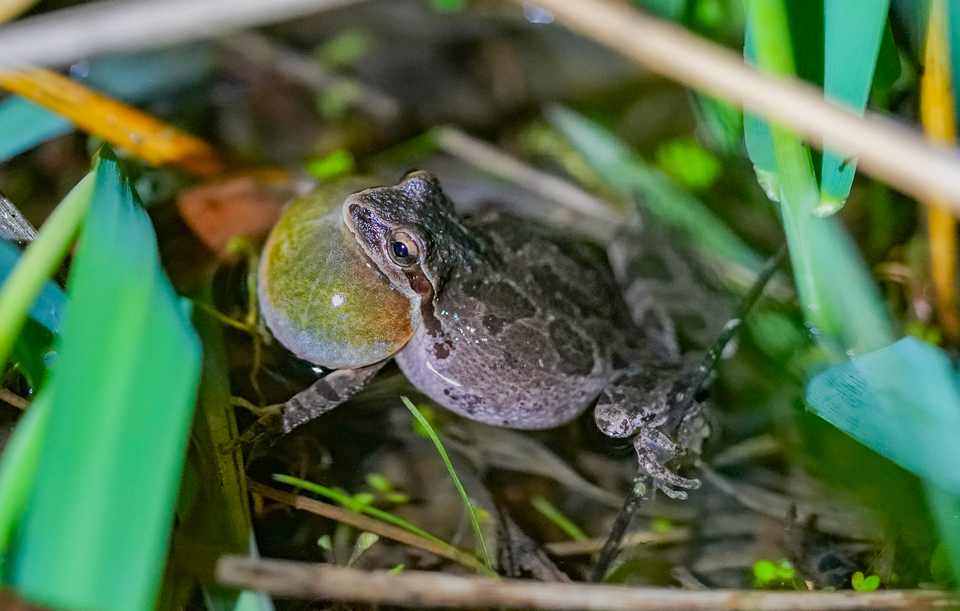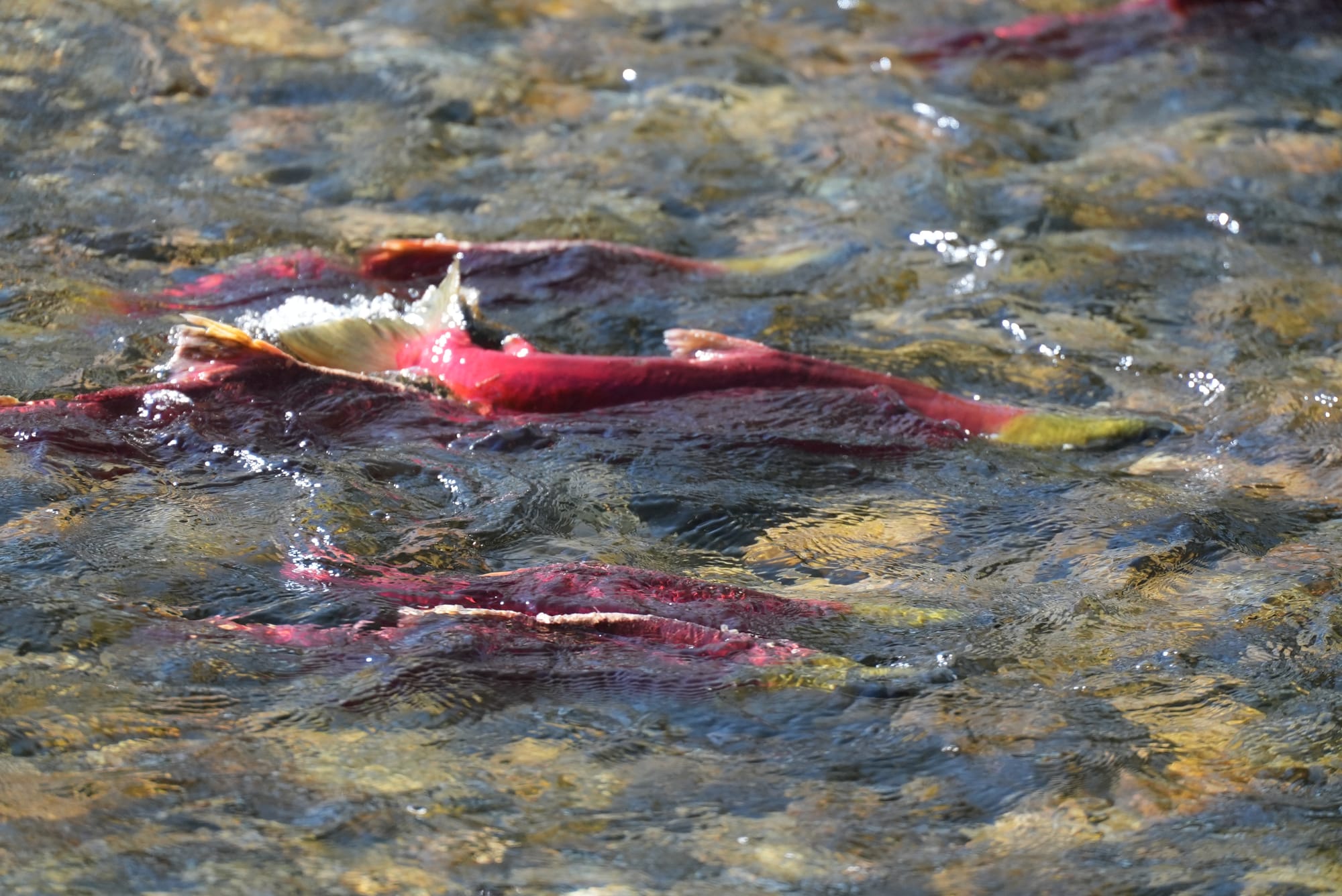Satellite Males

It seems like a universal law of nature: the biggest, baddest, strongest, best-looking males are the ones who get to mate with all the females...but is this always true?!
It's a tale as old as the world itself, male animals will do anything to show females that they have the best genes to pass on to their babies. Females then reward those efforts by selecting males that have the brightest colors, best songs, highest quality territories, or prove they can win battles over other males. However, this race (or battle) to the top of the male hierarchy takes an immense toll on males, and only a tiny fraction of all adult males will ever achieve this dominant status.

And by their very nature—be it loud songs, conspicuous locations, or the flashiest colors—dominant males end up attracting lots of attention. Unfortunately, not only do they attract the attention of females, but they also attract the attention of predators and/or parasites.

This means that being a dominant male is a very risky and costly undertaking. But what if there was another choice?!


It turns out that there is another strategy: males can also be satellite males who quietly sneak around and hang out near dominant males hoping to mate with females who are drawn to the dominant male.

This is a surprisingly common strategy that has been documented in hundreds of species including dung beetles, dragonflies, horseshoe crabs, fish, frogs, birds, and orangutans.

For example, dominant male coho salmon ("hooknoses") stay in the ocean for an extra year, getting bigger and stronger, while subordinate males ("jacks") return to the breeding ground when they're younger and smaller. When big, lumbering hooknoses return to their breeding streams they end up controlling all the best nesting sites and attracting all the females, but the smaller, more nimble jacks are better able to hide and dart out to fertilize eggs while the females are spawning.

Overall, silent, sneaky satellite males (the scrawny weaklings?) let the dominant males do all the work and take all the risks, but at the same time there are advantages and disadvantages to this strategy. While dominant males are the clear winners in terms of short-term mating success, and satellite males get far fewer mating attempts, satellite males are much more likely to survive the breeding season and come back to try again.
In fact, being less successful over several years can be just as good as, or even better, than being super successful in a single year.

A short video I made to share with subscribers.

Member discussion